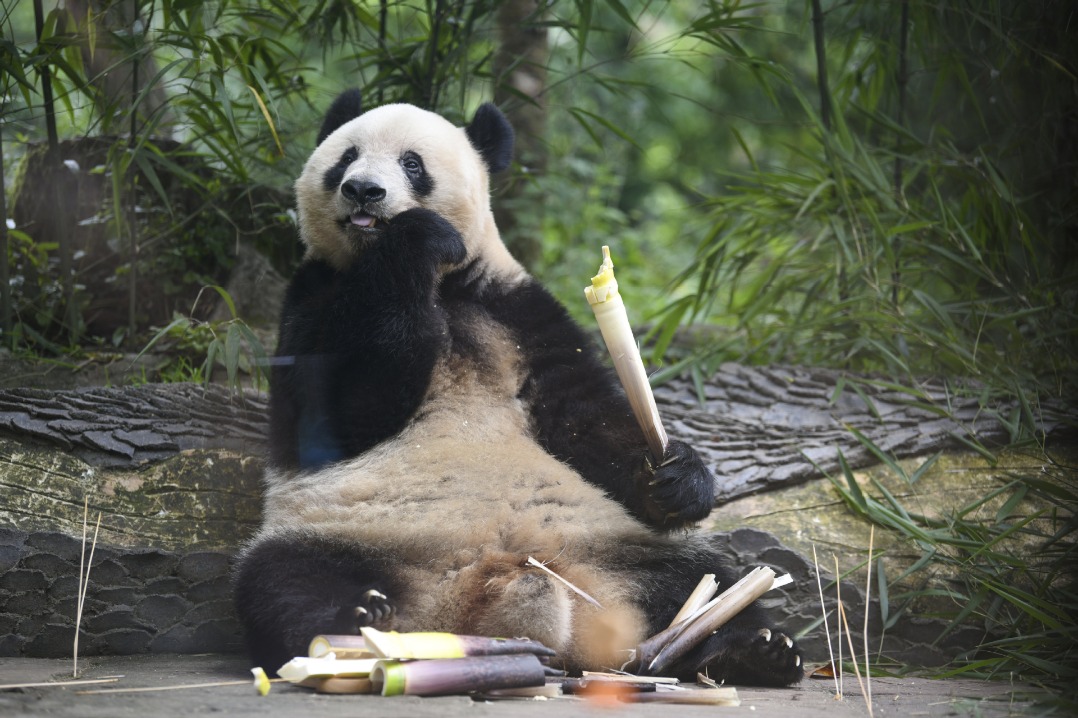Central bank committed to prudence
PBOC's moves not to be confused with initiating quantitative easing
By ZHOU LANXU | CHINA DAILY | Updated: 2024-04-03 07:30

China's central bank may regard treasury bond trading in the secondary market as one of the common means to provide liquidity — a practice that hasn't been active for about two decades and a meaningful means to optimize its monetary policy system, experts said.
But such a potential shift, they stressed, should not be mistaken as China initiating quantitative easing (QE) as some Western central banks have resorted to, as such a move serves different purposes and indicates a much more aggressive policy stance. The People's Bank of China, the country's central bank, instead, is expected to maintain moderate monetary accommodation this year.
Discussions of whether China will start QE to stimulate growth heated up after a compilation of excerpts from discourses by the country's top leadership on China's financial sector, published last month, included the words: "enriching the monetary policy toolbox and gradually increasing the buying and selling of treasury bonds in the central bank's open market operations". The PBOC has declined to comment on the speculation.
Open market operations (OMO) refer to the central bank buying or selling securities to manage interbank market liquidity and adjust money supply.
Experts said the expression indicates the PBOC is expected to progressively increase treasury bond trading as a liquidity management tool, given the narrowing scope for cutting the reserve requirement ratio and deceleration in the growth of foreign exchange assets — which are both sources of money supply.
Wang Tao, chief China economist at UBS Investment Bank, said: "The PBOC now needs more flexibility in managing liquidity and more tools to expand its balance sheet, and the government bond market is deeper than before, which makes PBOC trading central government bonds and even local government bonds more necessary and feasible than before."
In early 2000, trading government bonds in the secondary market used to be one among many tools for the PBOC to manage liquidity. This practice was later replaced by instruments such as the medium-term lending facility (MLF), a change experts partly attributed to the PBOC's concern of affecting bond yields too much amid an earlier shallow treasury bond market.
Lu Ting, chief China economist at Nomura, said the trading of central government bonds in PBOC's toolbox would represent a meaningful step in developing a modern framework for monetary policy conduct, where interbank rates are the intermediate policy target.
"The main implication could be more stable interbank rates, as the PBOC can directly trade with banks," Lu said. "A more stable interbank rate guided toward the PBOC's target rates is a milestone for building a modern monetary system."
Pan Gongsheng, governor of the PBOC, said in a column on the central bank's website in December that it will accelerate efforts to build a modern central banking system and improve the mechanism for the formation, adjustment and transmission of interest rates.
Nevertheless, Jacqueline Rong, chief China economist at BNP Paribas, said this is not indicative of China initiating QE. Given that the expression indicates that the country's leadership still deems buying and selling government bonds as part of OMO, it should remain a tool to manage short-term liquidity.
"This is different from QE which is held to maturity, in our view," Rong said, adding that the size of potential government bond purchases by the PBOC may not be substantial. Instruments such as reverse repos and MLF may continue to be the main tools to manage liquidity due to their flexibility regarding collateral requirements.
Generally speaking, QE is deployed when the scope for conventional monetary policy is exhausted — such as when interest rates and the RRR are close to zero — and is conducted via central banks' direct purchase of government bonds and other financial assets to push down interest rates and provide liquidity.
Experts said China is far from such a situation as the MLF rate is now 2.5 percent. The compilation of the country's top leadership's thoughts on the financial sector also reiterated that the country should always maintain the stability of its monetary policy.
























